We have been getting a good number of inquiries about microgreens. Seems we have tapped into some curiosity with our original introduction to our microgreens operations. A common question that we get asked frequently is “What is the difference between microgreens, sprouts and baby greens?”
That’s a fantastic question! If we were to boil the difference down, the short answer would be time. Sprouts, microgreens and baby greens are all stages of a mature plants growing cycle.
Let’s walk you through the growing cycle of a plant. In this case, a plant grown from seed and not a cutting or clone.
The first stage obviously is a seed. If you haven’t seen one, here’s a picture of one.
Nothing fancy, just a seed. An amazing seed though. It contains all the nutrients, vitamins and minerals the plant needs to begin its life protected in a heavy outer coating to keep it safe from the environment until conditions are just right for this little guy to breakout and graduate to the sprout stage.
Sprouts really are the dawn of a new day for the plant. It’s the spark of life when the germ of seed goes from the dormant stage to a live growing plant. It’s an exciting time. The plant starts using all the nutrients stored in the seed to begin developing it’s stem, roots and first leaves. Enzymes activate within the seed. Basically the seed explodes with life
Most of the time you do not see this stage as most seeds are below the surface of soil when they sprout. Many people sprout seeds at home for consumption citing they are rich in essential nutrients, and excellent source of enzymes, high in protein, easy to digest, and good for weight loss as they are high in fiber and low in calories. But sprouts contain a dark side. No not like Darth “Luke, I am your Father” Vader dark side, but rather a potential for unwanted germs cultivating on your seeds during the sprouting process. Most sprouted seeds for consumption are done in a warm high humidity environment that creates a happy breading ground for bacteria that may be on or in the seed.
If we don’t eat it and the conditions are right, the sprouted seed will continue to grow. The young plant will start to develop it’s root structure and grow it’s first set of leaves called Cotyledons. These cotyledons were actually formed during embryogenesis (think seed forming time) along with the primordial root and are carefully packaged away by the momma plant into the package we call a seed. If you want to check it out, next time you have a peanut, split it in half. If you look closely at what I call the heart of the peanut, you will see the little cotyledons and baby root.
These cotyledons function similarly to leaves in that they help convert light energy into energy the plant can use (aka photosynthesis) but differ in shape and structure from the first true leaves of the plant. Another difference is that cotyledons are formed when the seed is formed and the first true leaves form after germination.
Sometime between the growth of the cotyledons and the first true leaves we have what we call microgreens. I say sometime because “microgreens” is actually some marketer’s word and not some botanist term. Fancy that, some term or phrase coined by someone to make something more appealing. I guess microgreens certainly is more appealing than “infant plants”. That just doesn’t sit well on the palate.
So for our purposes plants are in the microgreen phase from the time they have developed their cotyledons up to and including their first set of true leaves.
Baby greens like microgreens, isn’t a phase in a plant’s development. It too is a marketer’s creation. Therefore there is no formal definition of the term “baby greens”. But we’ll define baby greens as leafy vegetables that are harvested before they are fully grown. More specifically, baby greens are plants that have developed at least their first set of true leaves or more, but are short of a mature plant.
That’s it for the differences. Hope that clears things up.
For a little light reading on the densely packed nutritional value of microgreens, check out this article over on WebMD.

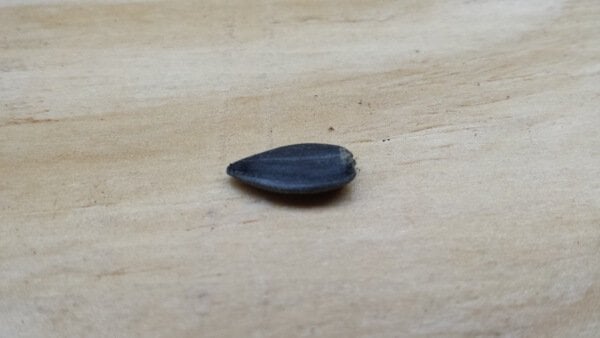
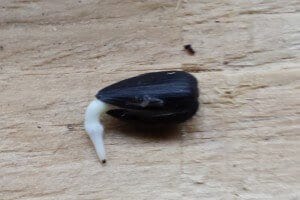
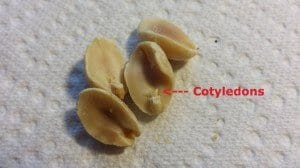
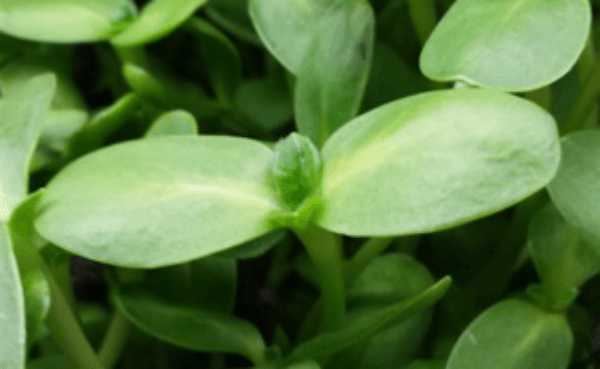
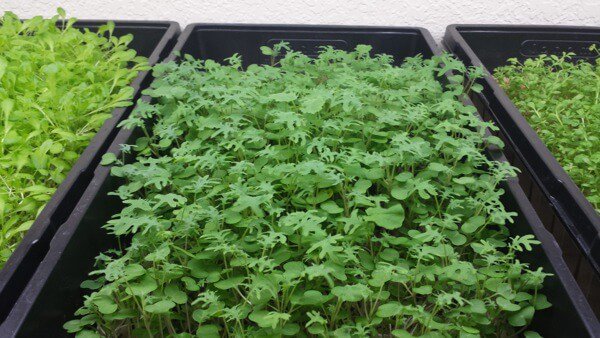
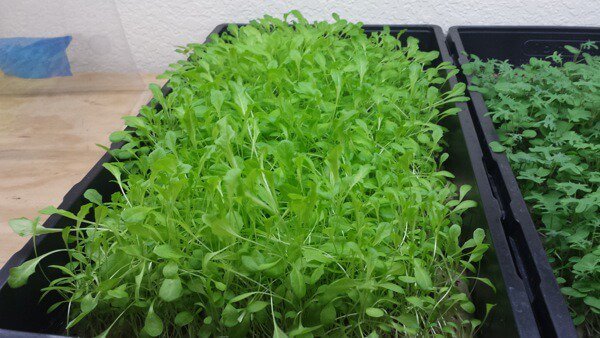



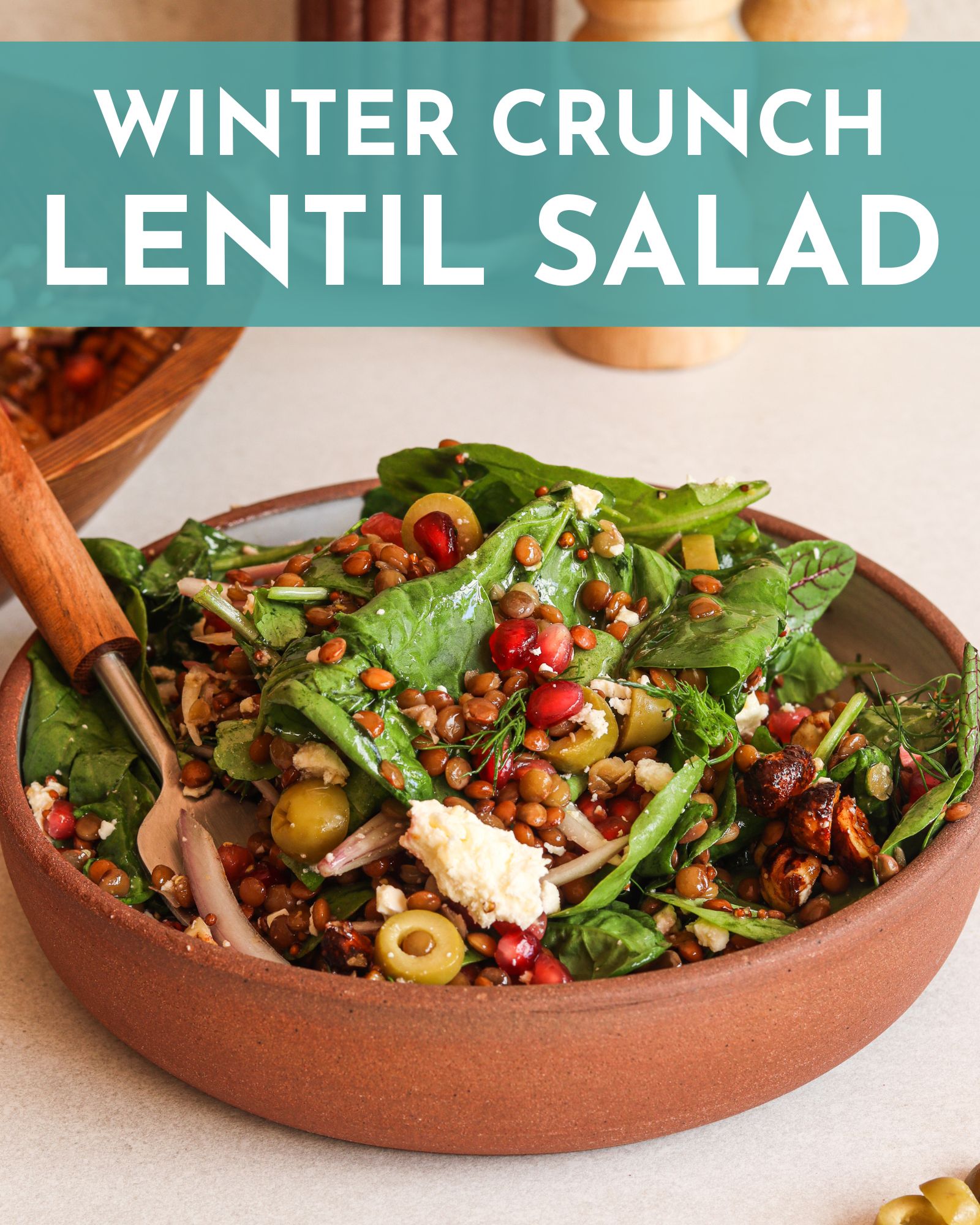
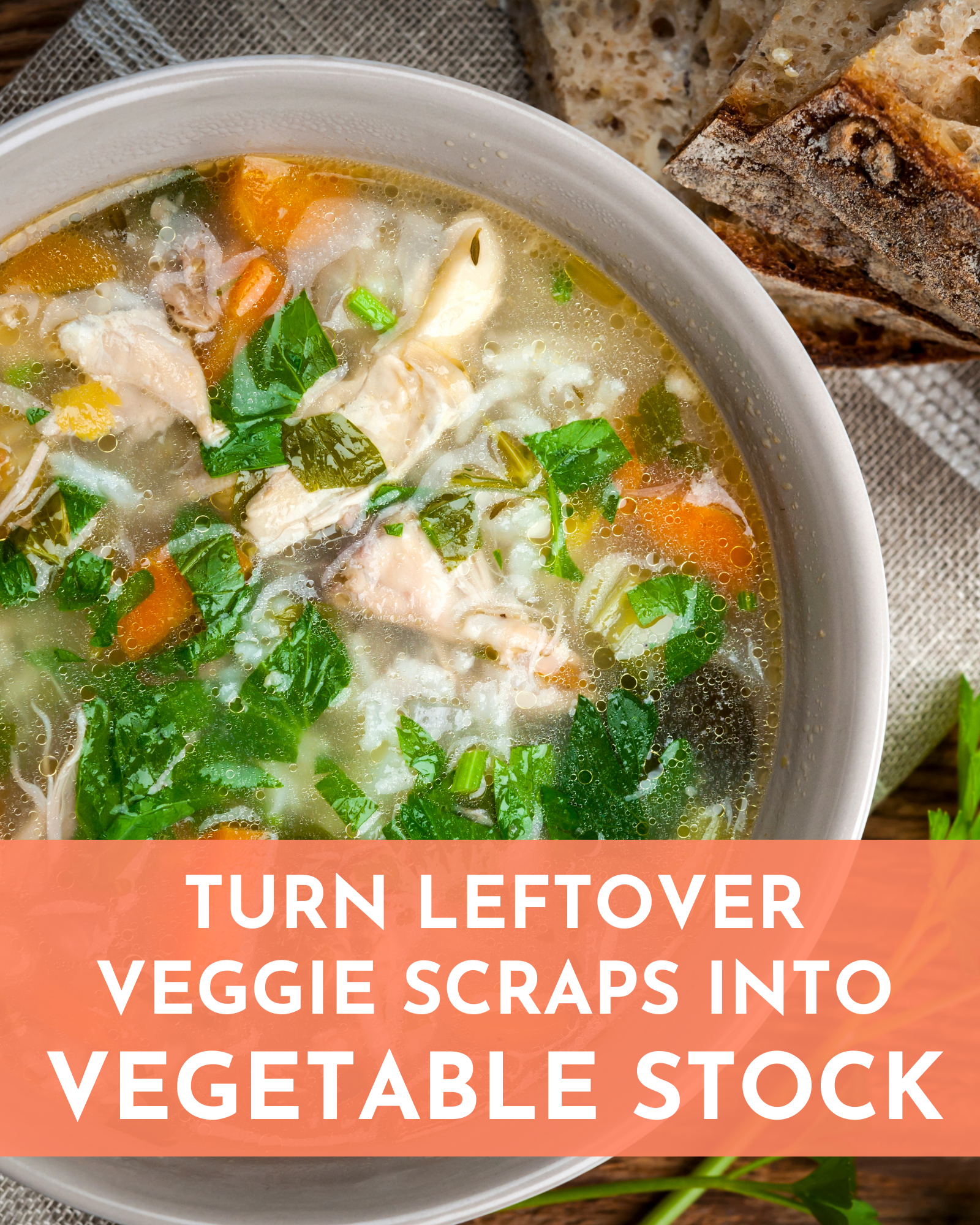
Which of the three is the healthiest, has the most nutrients?
Does soil make it more nutritious?
From my understanding, microgreens are the most nutritiously dense of the three. All three can be grown without soil, and nutrients from the soil would only come into play in baby greens as the plants start growing their true leaves. Baby greens can also be grown hydroponically adding a nutrient solution instead of water when they reach the true leave stage.
What a great article, thank you! Could you also tell me the difference between the seeds that are available? Are ‘micro green’ seeds the same as normal plant seed, please?
Thanks!
Hi Thea – Micro green seeds are specifically meant to grow micro greens. Generally, they are lower in quality seeds, meaning all the plant has to do is grow the shoot — not grow an entire plant/vegetable/fruit. This does not diminish the nutritional quality of the micro green. Therefore, they are more affordable, so you can buy 100 seeds for the price of 10. But you can use regular normal plant seeds, they’ll just be more expensive.
Stores such as Whole Foods, Sprouts, and Indian grocery stores sell a lot of seeds, primarily for use in our meals. I’m sure that most of them could also be sprouted at home. I think by the above post you are indicating that these would be the more expensive types of seeds. What are some good sources of the less expensive microgreen seeds?
Those seeds would work, but they aren’t selected for sprouting. The seeds that nurseries sell for growing are selected for growing and sprouting. I tried sprouting some mung beans from Asian market, less than 50% sprouted.
What a pithy, helpful explanation. you answered lots of my questions in a short amount of space and made it seem magical! You do a greta job with your blog and I look forward to each newsletter.
Always wondered this — thanks for the clarification to these nutrient powerhouses. I just may try my hand at growing some. Thanks for the inspiration! 🙂
Thanks for such an informative post! I’ve just started a windowsill garden (http://www.theworktop.com/2014/03/indoor-windowsill-garden/), and I guess I can say that I’m growing some baby cos lettuce 🙂 I haven’t posted the baby cos lettuce yet, but will do on my next installment on my windowsill garden!
Interesting read on microgreens – and not too long! I’ve been learning more and more about them and appreciate reading your information. Helped clear up some confusion I had!
Cotylens do not always form leaves.. see a bean seed.. a dicot with seed leaves and typically Cotyledons that waste after doing their job…
Cotyledon is just a reservoir of energy.. in monocots one Cotyledon plus endosperm see corn for example..
but keep posting this stuff… it is really cool.. I am learning lots
B Wong
ex software gunslinger
turned gardening and sustainability student… hoping to become a guru :O)
Absolutely correct Bernard. Great observation. I wanted to keep the post at a simple basic level. Most of the leafy greens we will be growing are dicotyledons which do exhibit the leaf like properties. I didn’t want to take the discussion too technical though.
Very cool post!